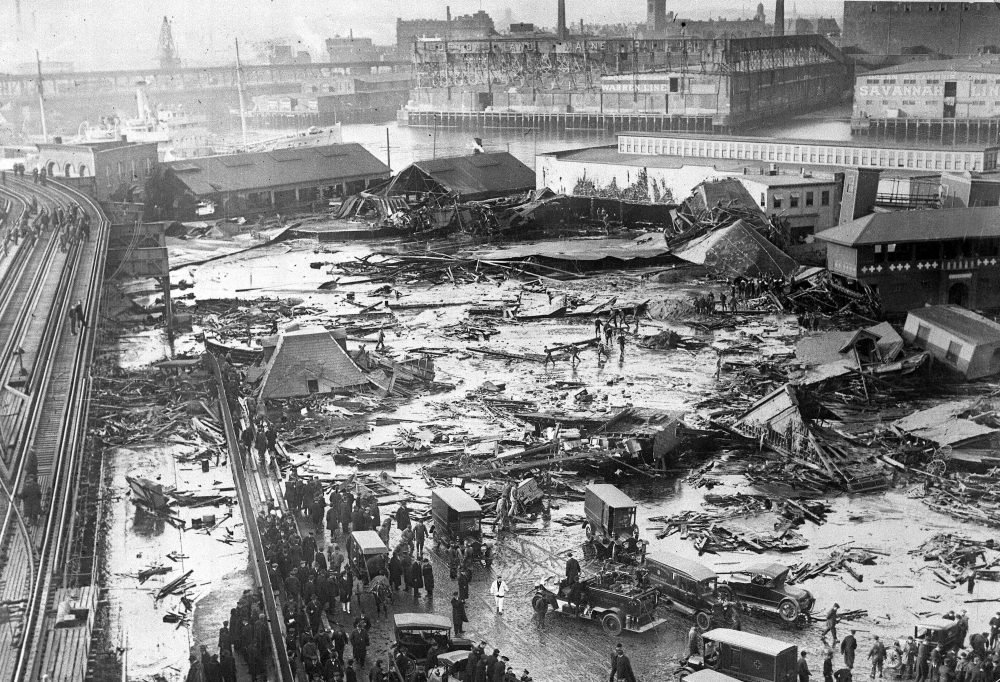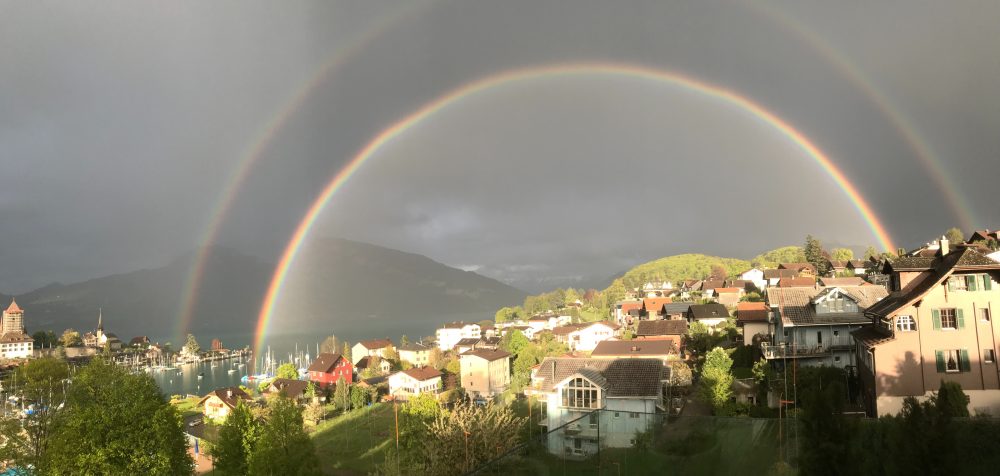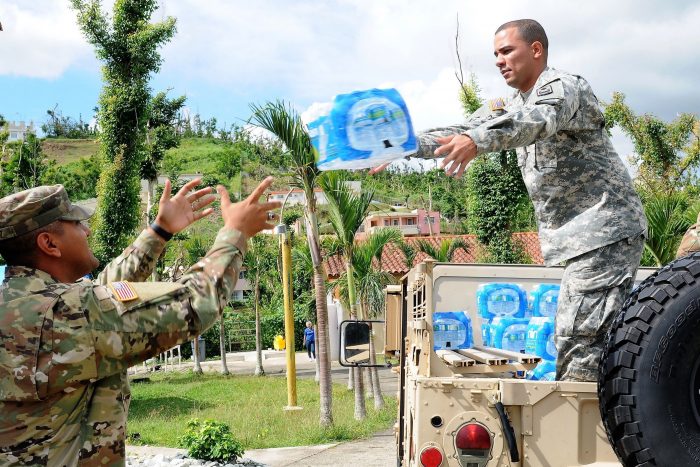The Great Molasses Flood
I have written about my daughters in the past – about how I learn about disasters from them and about how they view, or perhaps are taught to view, hazards through their respective 10- and 12-year-old eyes. You will be surprised by how relevant these lessons are to all of us, disaster philanthropists, in our […]

I have written about my daughters in the past – about how I learn about disasters from them and about how they view, or perhaps are taught to view, hazards through their respective 10- and 12-year-old eyes. You will be surprised by how relevant these lessons are to all of us, disaster philanthropists, in our endeavors to help equip communities for any disaster event.
The fourth-grader, while sitting in front of her snack plate after school, widened her eyes and began a story . . . “Mom, we learned about a disaster today!” I took the bait and asked if she was learning about typhoons, tornadoes, tsunamis or temblors, to which she quickly replied, “NO, we are learning about The Great Molasses Flood!”
Hmmm? Head scratch and then crickets followed on my end.
What I learned from the 10-year-old was both fascinating and completely relevant to our work at the Center for Disaster Philanthropy.
On Jan. 15, 1919, a massive steel tank containing 2.3 million gallons of molasses broke open causing a 15-foot wave of molasses to race through the North End of Boston at speeds up to 35 miles per hour. In total, 21 people were killed and more than 150 people injured. Indeed, the Boston Globe referred to this event as “Boston’s Strangest Disaster.”
Over apples and Cheez-It crackers, my daughter and I talked about this disaster event and together we laid out what we thought were three important takeaways that were both important to her fourth-grade life as well as to my work community. Here goes:
- Disasters begin and end locally – Local crews including the Boston police, the Red Cross and Cadets from the USS Nantucket, along with residents who were charged with immediate response. And, clean-up crews who were charged with washing away the molasses were people who lived and worked in the affected community. This is a concept that holds true today – California wildfire blazes were initially fought by local firefighters and it is still local social service organizations that are ensuring wildfire-affected communities recover fully.
- Preparedness matters – If you are a fourth-grader (or her mom!), you need to know the phone numbers of loved ones, rendezvous points in case of separation and know how to find help in case of an emergency. If you are philanthropists, operating in the space of disasters, you need to have existing relationships with operational nongovernmental organizations (NGOs).
- Take the long view – According to Boston lore, on hot days the streets smelled of molasses even a decade after the event! While not easy to convey long-term planning to a 10-year-old, we did talk about the difference between immediate needs and long-term recovery needs. She keenly understood that people in Boston might have had an immediate need to clean out the molasses, but their long-term needs might be to rebuild their homes, streets or businesses. The message to philanthropy is no different, recovery takes a long time and philanthropic funding is needed throughout.
The Great Molasses Flood has certainly kept the conversation lively in our household since the event’s centennial anniversary a few weeks back. I will agree with the Boston Globe’s “strangest” assessment, and yet I am pleased to have a chance to speak with my daughter about disaster preparedness and recovery. . . and to take some of those lessons from a ten-year-old to my workplace.
More like this

What Does Disaster Recovery Really Mean?

